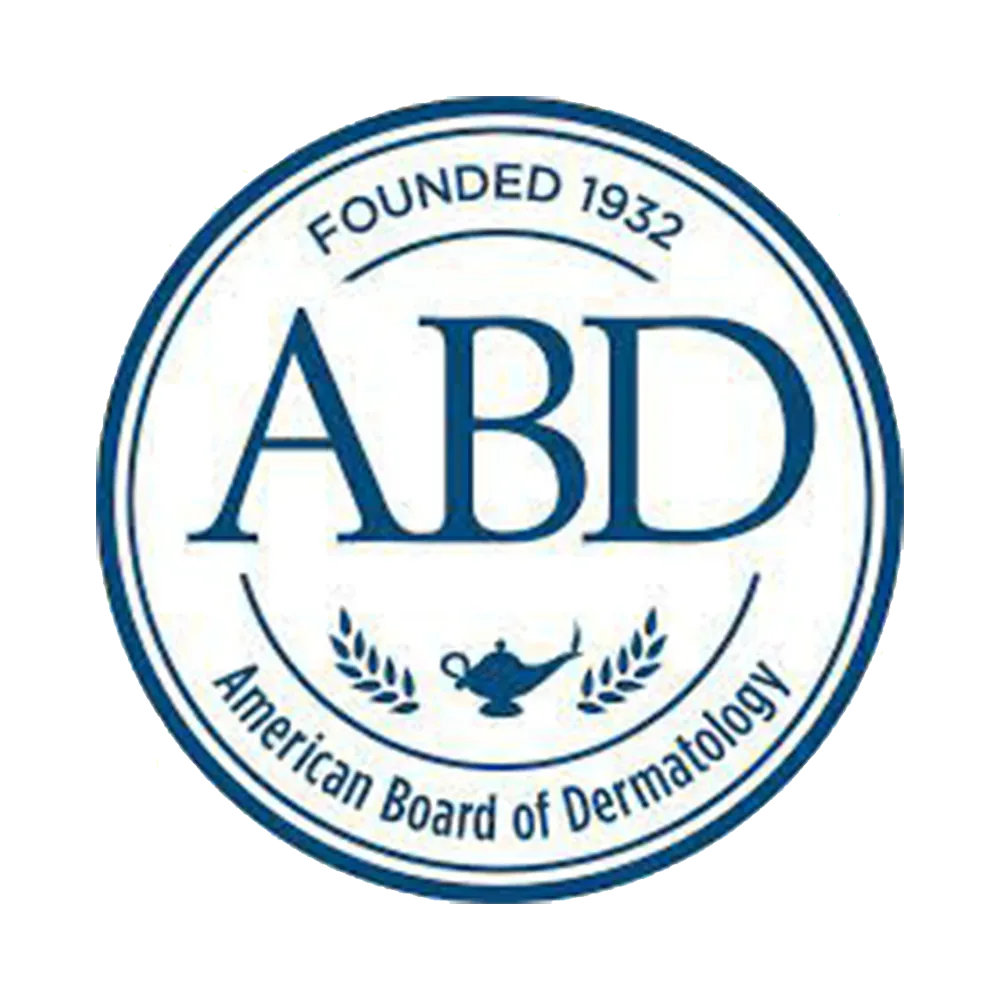Skin Tags Removal Services
Skin Tags
A Comprehensive Guide to Understanding and Managing These Common Skin Growths
Skin tags, also known as acrochordons, are small, benign growths that commonly appear in areas where the skin folds or creases. They are typically harmless and painless but can be a cosmetic concern for some individuals. In this article, we will explore the causes, appearance, and treatment options for skin tags. Additionally, we will address ten frequently asked questions about these prevalent skin growths.
Understanding Skin Tags
Skin tags are soft, flesh-colored growths that hang from the surface of the skin by a thin stalk. They can vary in size, ranging from a few millimeters to several centimeters in diameter. Skin tags are composed of collagen fibers, blood vessels, and nerve cells. They are most commonly found in areas where the skin rubs against itself or clothing, such as the neck, armpits, groin, and eyelids.
Causes and Risk Factors
The precise cause of skin tags is not fully understood, but several factors may contribute to their development:
- Friction: Skin tags often form in areas where the skin rubs against itself or clothing.
- Genetics: A family history of skin tags may increase the likelihood of developing them.
- Hormones: Hormonal changes during pregnancy or conditions like polycystic ovary syndrome (PCOS) may contribute to skin tag formation.
- Obesity: Individuals with a higher body mass index (BMI) are more likely to develop skin tags.
Diagnosis and Appearance
Skin tags are typically diagnosed through a visual examination by a healthcare professional. They are usually flesh-colored or slightly darker and can be smooth or wrinkled in texture. Although skin tags are benign, it is essential to consult a doctor if a skin tag changes in appearance, becomes painful, or bleeds.
Treatment Options
In most cases, skin tags do not require treatment unless they cause discomfort or are a cosmetic concern. Some common removal methods include:
- Cryotherapy: Freezing the skin tag with liquid nitrogen, causing it to fall off.
- Cauterization: Burning the skin tag using an electric current.
- Excision: Cutting the skin tag off with a scalpel or surgical scissors.
- Ligation: Tying off the blood supply to the skin tag with a suture or dental floss, causing it to fall off.
It is essential to consult a healthcare professional before attempting to remove a skin tag to ensure proper technique and minimize the risk of infection or scarring.
The journey to a more confident you starts with one decision. That is the decision to get treated, why wait Book Online today? If you’re on the fence or have questions brewing, remember: We at Sullivan Dermatology are always here to help.
Videos
@sullivandermatology Goodbye, little hitchhiker! 🎬 Watch as these skin tag take their final bows. Clean and simple. 👌 #skincare #skintag #skintagremoval ♬ original sound - SullivanDermatology
Skin Tags
Skin tags, also known medically as acrochordons, are benign skin growths that form in areas where the skin folds. They can occur anywhere on the body but are most commonly found on the neck, armpits, eyelids, and groin. Despite their slightly disconcerting appearance, skin tags are entirely harmless.
However, many people choose skin tag removal for cosmetic reasons or because the tags can be irritating when they rub against clothing or get caught in jewelry. Skin tag removal can be performed safely and effectively with various medical procedures.A skin tag is typically a small, soft growth that hangs from the skin by a thin stalk. They’re usually flesh-colored or slightly darker, ranging in size from a few millimeters up to 5 centimeters. While skin tags are usually asymptomatic, they can become irritated or inflamed due to friction or when they’re twisted.
It’s essential to consult with a Board Certified Dermatologist, like Dr. Sullivanfor skin tag removal if you notice changes in color, size, or shape, or if a skin tag becomes painful. These changes could indicate other skin conditions, including potential skin cancers.While the exact cause of skin tags isn’t entirely understood, they’re believed to develop due to friction between adjacent areas of skin or between clothing and skin. Factors such as obesity, pregnancy, diabetes, and genetic predisposition can increase the likelihood of developing skin tags. Aging is another significant factor, with skin tags becoming more common as people get older.
There are several myths surrounding skin tags. One such myth is that removing one skin tag will lead to more skin tags. There’s no scientific evidence to support this claim. Skin tag removal doesn’t stimulate the growth of more skin tags.
Another myth is that all skin tags are a sign of serious health problems. While skin tags can be more common in people with diabetes and obesity, they’re usually harmless and don’t indicate a major health issue.
There are several methods for skin tag removal, usually performed by a dermatologist or a trained healthcare professional. These include:
– Cryotherapy : Freezing the skin tag with liquid nitrogen.
– Cauterization : Burning off the skin tag using heat.
– Ligation : Tying off the skin tag to cut off its blood supply.
– Excision : Cutting off the skin tag with a scalpel or surgical scissors.
Over-the-counter solutions for skin tag removal are also available, but they may not be as effective as professional treatment. Furthermore, self-treatment can lead to skin irritation or infection, so it’s recommended to seek professional advice for skin tag removal.
If you’re bothered by skin tags, consult with a dermatologist to explore your options for skin tag removal. They can provide personalized advice and treatment based on your specific needs and skin type. Remember, while skin tags are typically harmless, it’s important to have any changes in your skin evaluated by a Board-Certified Dermatologist, like Dr. Sullivan to rule out other conditions.
In conclusion, skin tags are a common and benign skin condition. Although they’re harmless, many people opt for skin tag removal for cosmetic reasons or to alleviate discomfort. Despite the myths, skin tag removal is a safe and common procedure that doesn’t lead to the development of more skin tags. Always consult with a professional for effective and safe skin tag removal.
For More Information:
Warts (Web MD) or Warts.FAQs About Skin Tags
Skin tags are benign growths and do not develop into cancer. However, if a skin tag changes in appearance or becomes painful, it is essential to consult a healthcare professional for evaluation.
Once a skin tag is removed, it typically does not grow back. However, new skin tags may form in other areas of the body.
It is not recommended to remove skin tags at home, as improper technique can lead to infection or scarring. Consult a healthcare professional for safe and effective removal options.
Skin tags are usually painless unless they become irritated by friction or other factors.
Skin tags are soft, flesh-colored growths that hang from the skin by a thin stalk, while moles are flat or raised, pigmented spots on the skin.
There is no guaranteed way to prevent skin tags, but maintaining a healthy weight and reducing skin friction may help decrease their formation.
Skin tags are more common in middle-aged and older adults but can occur at any age.
Skin tags typically do not bleed unless they are irritated or injured. If a skin tag bleeds, consult a healthcare professional for evaluation and possible removal.
Skin tag removal is generally not necessary unless they cause discomfort or are a cosmetic concern. Consult a healthcare professional to discuss removal options if desired.
In conclusion, skin tags are common, benign growths that can be easily managed with proper care and consultation with a healthcare professional. Understanding their causes and treatment options can help individuals make informed decisions about their skin health.







